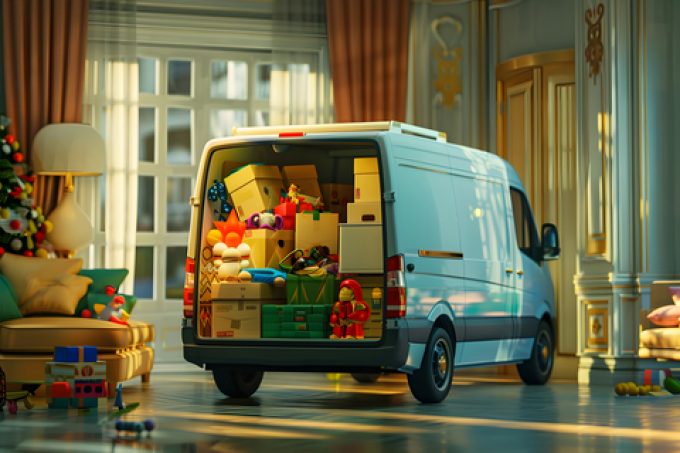Temu sellers using fake US postage labels to boost profits
Fascinating article on how some Chinese ecommerce merchants are using counterfeit USPS labels for postage ...

The Loadstar is running a series of reports on the ecommerce sector, which has been driving growth in air cargo. Here we discover why forwarders have been hesitant to embrace a new product
Traditional forwarders have been slow to embrace ecommerce as a dedicated vertical. Most, in ...

Comment on this article